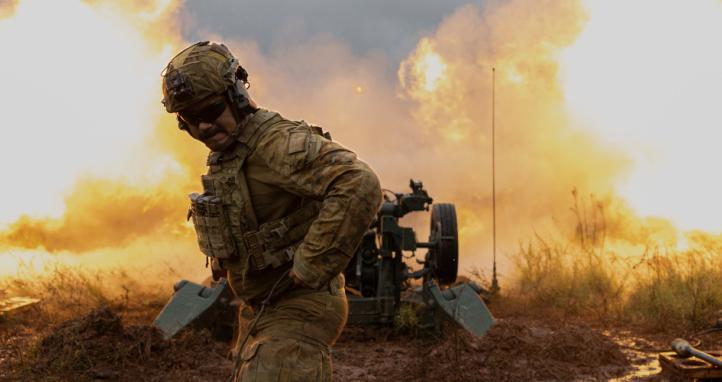Army is making progress in reducing the stigma surrounding mental illness, particularly illness linked to operational service. If this encourages even a small number of personnel to obtain support and treatment early to reduce their risk of chronic pathology, it is an immensely positive change. Army’s enhanced mental health strategies are a significant improvement and demonstrate the emphasis Army is placing on looking after the welfare of veterans.
Highlighting only chronic illness amongst veterans however, risks creating an unhelpful sense of expectancy that illness will follow service, particularly service that involves operational stress. This illness narrative does not align with the experiences of many veterans from both historic and contemporary operations, who have endured varying levels of trauma, but grew from these experiences.
The problem of how to address contemporary veteran health was publicly addressed by General Mattis in 2014. He acknowledged the potential for illness caused by operational stress, but also highlighted an alternate response to trauma- Post Traumatic Growth. This concept is contested, but remains useful to highlight a spectrum of psychological change that can be experienced by survivors of trauma. General Mattis’s comments are an important development in discussions concerning veteran health as they provide an alternate, positive sequel to operational stress that is inclusive of veterans who have been exposed to trauma and return to military service or civilian life, and continue to function at pre-trauma or even enhanced levels.
Post Traumatic Growth (PTG) is a product of the positive psychology movement which is interested in learning about the healthy, not just the sick. In the context of veteran health, positive psychology is interested in understanding why some soldiers remain healthy following exposure to traumatic events. The concept of PTG was proposed by Tedeschi & Calhoun 1996 who acknowledge the destructive elements of trauma, but also noticed a majority of survivors reported a spectrum of positive change in their lives. These changes were consistent amongst survivors of a broad range of trauma including natural disaster, life threatening illness, loss of loved ones, combat and captivity. The types of positive changes that were consistently perceived by survivors became known as areas of post traumatic growth and can be summarised to include:
- Improvements in relating to others
- Awareness of new possibilities
- Increased personal strength
- Spiritual change, and
- Increased appreciation of life
Current research suggests that a percentage of people who experience trauma will report at least some elements of this positive change. Post Traumatic Growth and Post Traumatic Stress Disorder (PTSD) are not mutually exclusive. Elements of PTG can manifest concurrently to PTSD or develop during recovery from PTSD.
The understanding of conditions that favour PTG is incomplete, however current research suggests predictors can include organisational culture, unit morale, social support, extraversion, optimism, spirituality, acceptance coping skills, agreeableness, openness to change and reflective rumination skills. Whilst many of these are attributes of personality, some are behaviours that may be able to be taught and facilitated by organisations before, during and after deployment- a theoretical concept underpinning the US Army’s Comprehensive Soldier and Families Fitness program.
If the positive psychology approach is entertained within Australian Army, we could leverage a developing intellectual framework to guide refinement of Army’s existing Resilience Training packages. Further, better acknowledging that positive personal change can occur through operational service could add balance to the expectations of pre-veteran soldiers, and reflect a more accurate view of the health of contemporary veterans and their significant potential for continued contribution to Australian society.
It is hoped that this article will stimulate debate on the relevance of post traumatic growth to Army's Resilience Training packages, and provide a different perspective to balance our veteran health narrative.





The Positive Psychology theory takes this a step further through the promotion of resilience enhancing strategies to promote the positive effects from stress ie 'growth' and lessen the negative effects ie 'disorder'. An interesting article.
Tim's listed five areas of Post Traumatic Growth are also seen in many memoirs, especially those written in later years. Eugene Sledge's posthumously released China Marine, has similar themes.
Thanks for a different perspective.